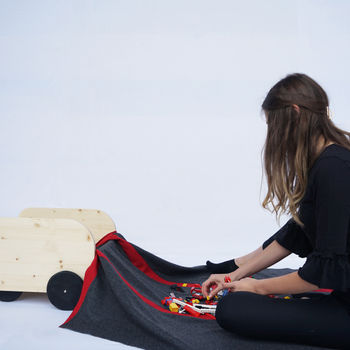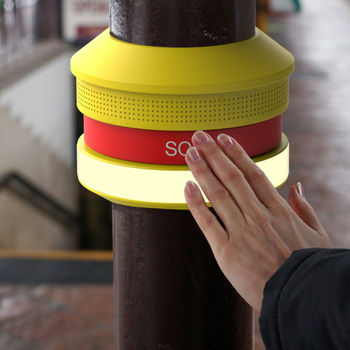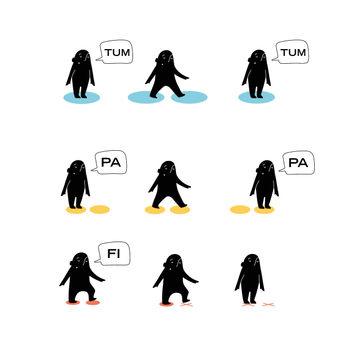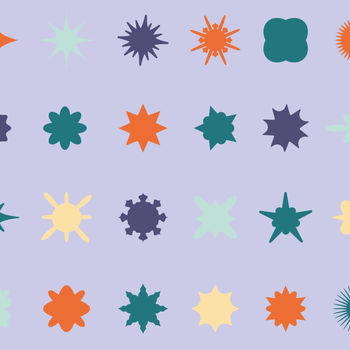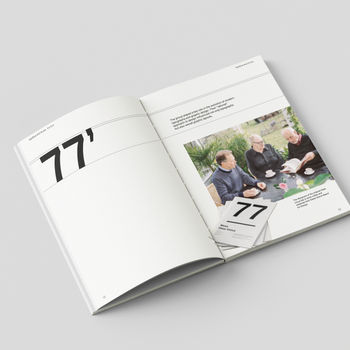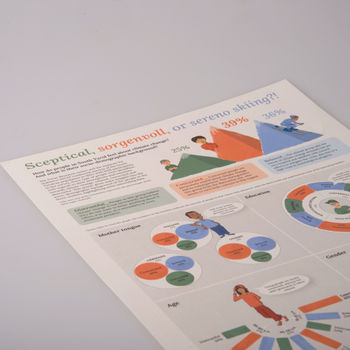*Not all men Yes all women
Ayse Asena Bacaksiz Emma Cocco Miriam Pardeller
The aim of this project is to represent invisible data on the topic of gender-based violence by displaying it in a poster and a data physicalisation.
Since July 2023, following the violence known as "Palermo rapes" (Sicily, Italy), the activist and writer Carolina Capria (@lhascrittounafemmina) started to use her Instagram stories to anonymusly share testimonies of women who were writing her about episodes of violence they were victims of. The latter were not reported, as it commonly happens, since our culture is based on a patriarchal system, which is not protecting victims neither socially nor institutionally.
This became our data: we analyzed each message from the first three highlights collections “YAW” on Capria’s account and built a dataset, to graphically translate written testimonies which, not being denounced, do not appear in the official statistics. The title of the project takes up the one used by Capria, “Yes all women”, as a denunciation of the fact that, even if, as often underlined, “Not all men” are violent, all women are or have been, at least once in their lives, consciously or unconsciously, victims of a more or less serious form of violence.
Information Design & Visual Storytelling


